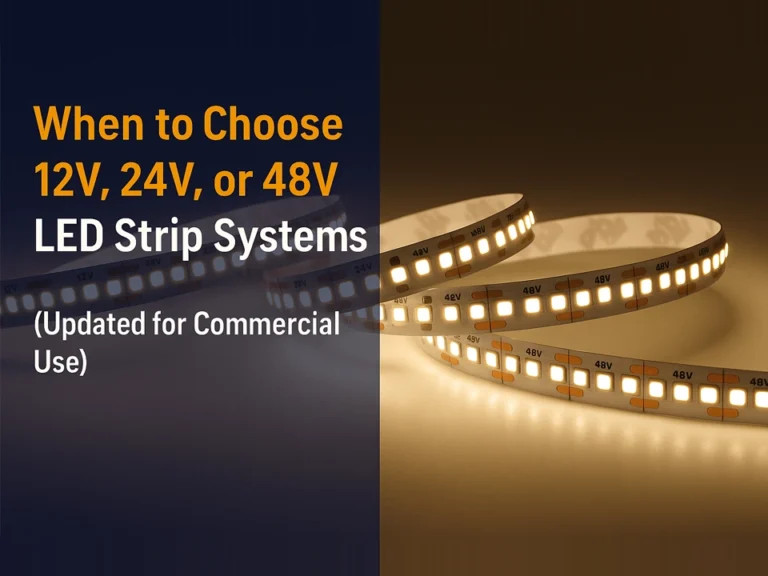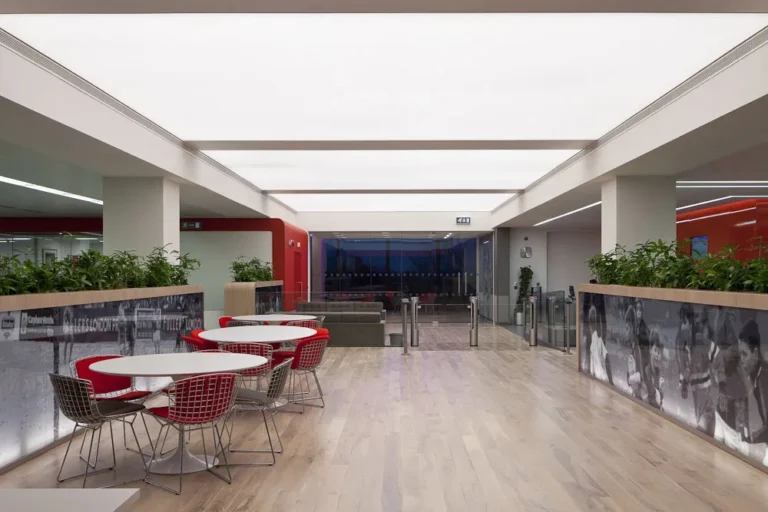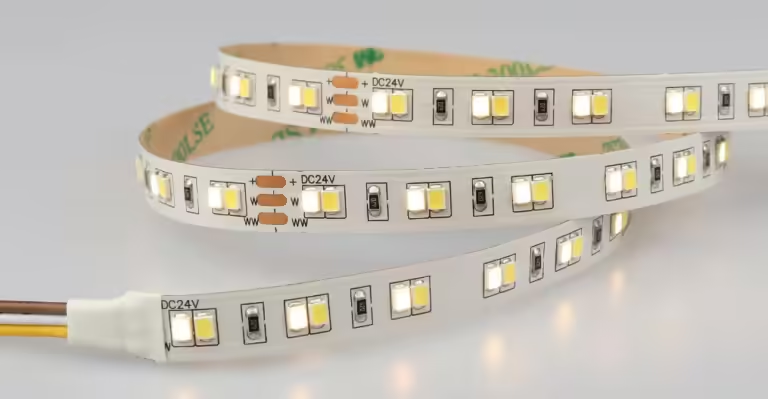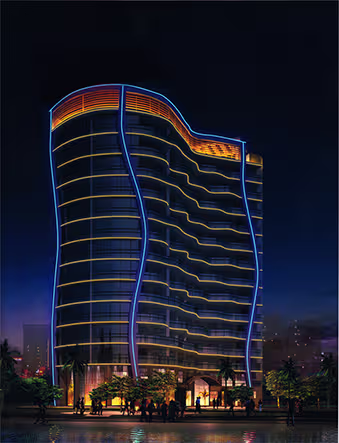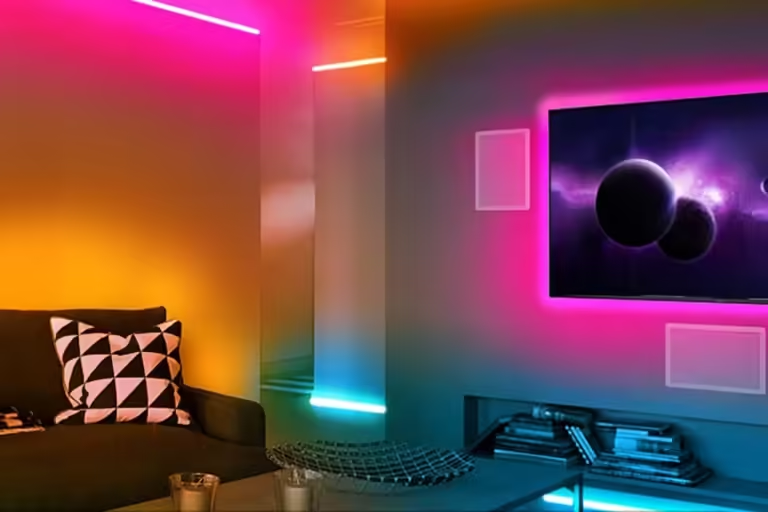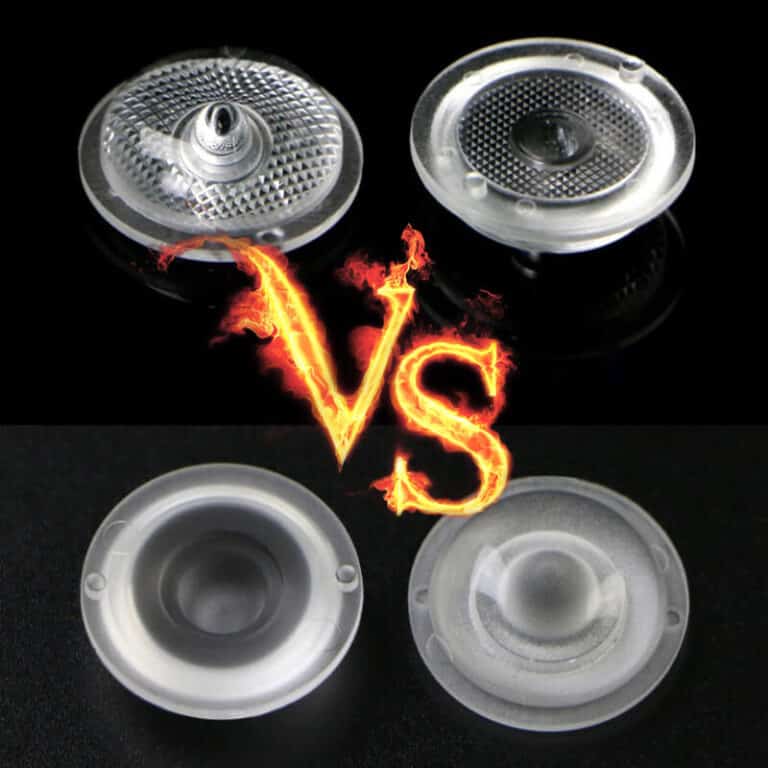ไฟนีออน LED ใช้กันอย่างแพร่หลายในแสงสถาปัตยกรรม การตกแต่งเชิงพาณิชย์ และโครงการป้าย เนื่องจากมีความยืดหยุ่นและผลกระทบทางสายตาที่สดใส อย่างไรก็ตาม เมื่อขนาดจริงของนีออนแตกต่างจากข้อกำหนดเล็กน้อยอย่างมาก ก็สามารถสร้างความท้าทายในการติดตั้งที่ร้ายแรงได้ ปัญหานี้มีความสำคัญมากขึ้นในโครงการที่ลูกค้าเตรียมช่องการติดตั้งตามมิติที่ระบุอย่างเคร่งครัด ความไม่ตรงกันเพียงไม่กี่มิลลิเมตรอาจทำให้พอดีตัว ช่องว่างที่มองเห็นได้ หรือแม้แต่ความไม่ลงรอยกันของโครงสร้าง ด้วยเหตุผลนี้ ความทนทานต่อการอัดรีด—ความแปรผันของมิติที่มีอยู่ในกระบวนการอัดรีด—มีบทบาทสำคัญในการรับรองความสม่ำเสมอของผลิตภัณฑ์และการติดตั้งที่ราบรื่นในการใช้งาน LED แบบมืออาชีพ
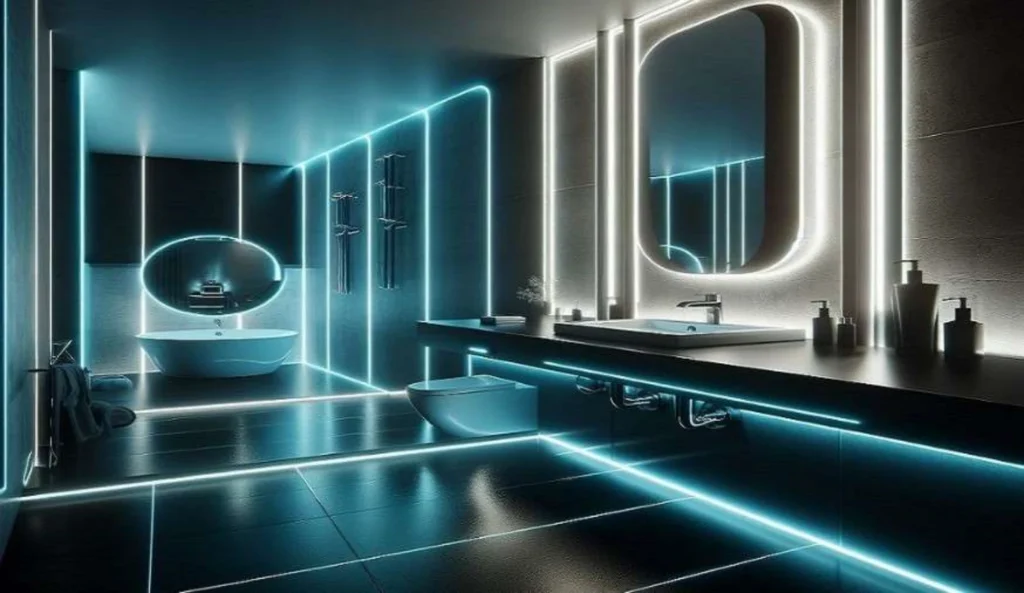
ทำไมไฟนีออนถึงมีมิติความคลาดเคลื่อน?
คุณสมบัติของวัสดุ
ปัจจัยพื้นฐานที่มีอิทธิพลต่อความคลาดเคลื่อนของมิติใน ไฟนีออน LED คือวัตถุดิบ โปรไฟล์นีออนที่ยืดหยุ่นได้มักทำจากซิลิโคนหรือพีวีซี ซึ่งทั้งสองอย่างนี้อาจมีการขยายตัวและการหดตัวของความร้อน แม้แต่การเปลี่ยนแปลงของอุณหภูมิเล็กน้อยระหว่างการผลิตหรือภายหลังในการใช้งานอาจทำให้เกิดความเปลี่ยนแปลงในความกว้าง ความสูง หรือความโค้งของการอัดรีด ความแตกต่างของความแข็งของวัสดุหรือการกำหนดสูตรระหว่างแบทช์อาจนำไปสู่มิติที่ไม่สอดคล้องกัน ทำให้ความเสถียรของวัสดุเป็นองค์ประกอบที่สำคัญในการควบคุมความคลาดเคลื่อน
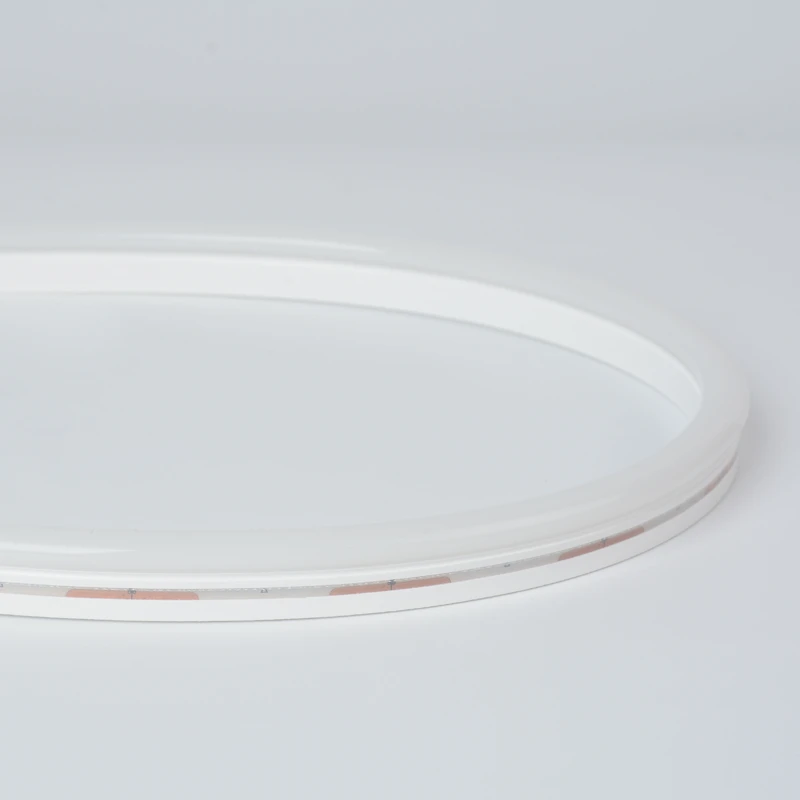
ไฟนีออนซิลิโคน
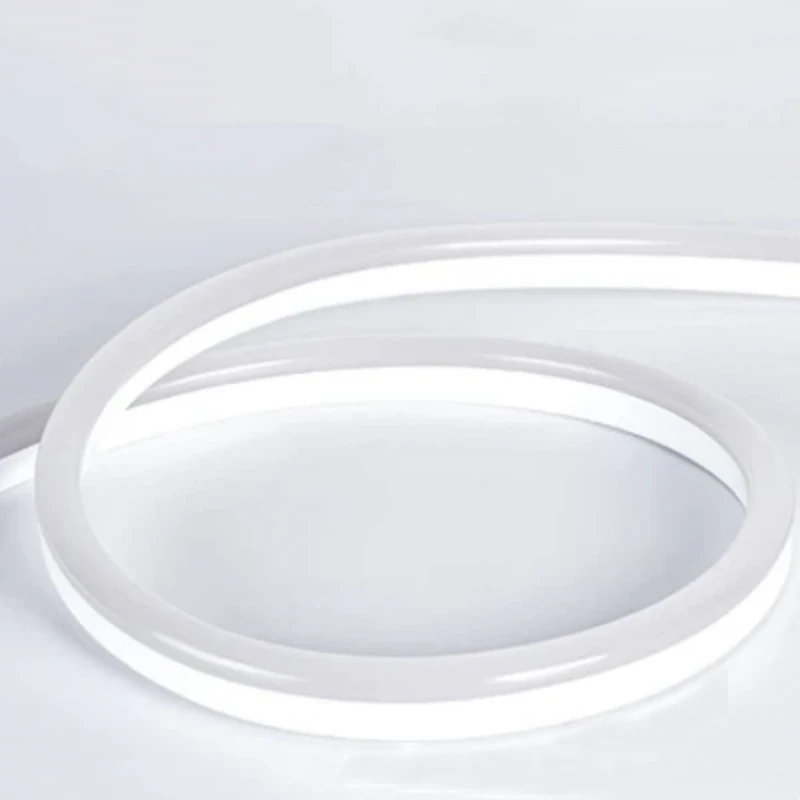
ไฟนีออน PVC
การควบคุมกระบวนการอัดรีด
กระบวนการอัดรีดเองเป็นอีกแหล่งสำคัญของความแปรผันของมิติ ความแม่นยำขึ้นอยู่กับความแม่นยำของแม่พิมพ์อัดรีด เช่นเดียวกับความสม่ำเสมอของอุณหภูมิ ความดัน และความเร็วในการอัดรีด ตัวอย่างเช่น หากสภาวะการระบายความร้อนไม่เสถียร เช่น การระบายความร้อนด้วยน้ำที่ไม่สอดคล้องกันหรือการไหลของอากาศ โปรไฟล์อาจหดตัวหรือเปลี่ยนรูปไม่สม่ำเสมอ ความเบี่ยงเบนเล็กน้อยเหล่านี้สามารถสะสมได้ ส่งผลให้ผลิตภัณฑ์ขั้นสุดท้ายอยู่นอกช่วงความคลาดเคลื่อนที่กำหนด
ความแปรปรวนของแบทช์การผลิต
แม้จะมีแม่พิมพ์และวัสดุเหมือนกัน ความคลาดเคลื่อนเชิงมิติอาจแตกต่างกันไปตามชุดการผลิต ปัจจัยต่างๆ เช่น การสอบเทียบเครื่องจักร การปรับผู้ปฏิบัติงาน และสภาพแวดล้อม เช่น ความชื้นสามารถส่งผลต่อผลลัพธ์ได้อย่างละเอียด ในปริมาณการผลิตที่มาก รูปแบบเหล่านี้สามารถส่งผลโดยตรงต่อความเข้ากันได้ของ LED Neon พร้อมช่องติดตั้งและอุปกรณ์เสริม
ราคาและความดันต้นทุน
ปัจจัยที่มักถูกมองข้ามอีกประการหนึ่งคือการกำหนดราคา ในตลาดที่มีการแข่งขันสูง ซัพพลายเออร์ต้นทุนต่ำบางรายอาจประนีประนอมกับคุณภาพของวัสดุหรือลดขั้นตอนการผลิตเพื่อลดต้นทุน การใช้ซิลิโคนที่ถูกกว่า พีวีซีรีไซเคิล หรืออุปกรณ์อัดรีดที่แม่นยำน้อยกว่าจะเพิ่มการเปลี่ยนแปลงของมิติอย่างหลีกเลี่ยงไม่ได้ แม้ว่าราคาล่วงหน้าอาจดูน่าดึงดูดใจ แต่ความเสี่ยงในระยะยาวของการติดตั้งที่ไม่ดี อายุการใช้งานที่ลดลง และค่าบำรุงรักษาที่สูงขึ้นทำให้การประนีประนอมดังกล่าวมีค่าใช้จ่ายสูงสำหรับโครงการระดับมืออาชีพ
ช่วงความคลาดเคลื่อนทั่วไปสำหรับการอัดรีดนีออน LED
มาตรฐานความคลาดเคลื่อนของอุตสาหกรรม
ในอุตสาหกรรม LED Neon มักจะกำหนดความคลาดเคลื่อนในการอัดรีดภายในขอบเล็กน้อยเพื่อให้แน่ใจว่ามีการปรับให้เหมาะสมและมีลักษณะที่สม่ำเสมอ ผู้ผลิตส่วนใหญ่ใช้ความคลาดเคลื่อนเชิงมิติระหว่าง ±0.3 มม. ถึง ±1.0 มม. ขึ้นอยู่กับขนาดและรูปร่างของโปรไฟล์ แม้ว่าจะไม่มีมาตรฐานสากลเพียงรายการเดียว แต่ช่วงเหล่านี้เป็นที่ยอมรับกันโดยทั่วไปในโครงการระดับมืออาชีพในแอปพลิเคชันสถาปัตยกรรมและป้าย
ความแตกต่างระหว่างประเภทการปล่อยแสง
ข้อกำหนดด้านความคลาดเคลื่อนอาจแตกต่างกันไปตามโครงสร้างการปล่อยมลพิษที่แตกต่างกัน นีออนที่เปล่งแสงด้านหน้ามักจะมีการควบคุมที่เข้มงวดกว่า เนื่องจากพื้นผิวที่มองเห็นได้ส่งผลกระทบโดยตรงต่อความสม่ำเสมอของแสง ในขณะที่ประเภทการเปล่งแสงจากด้านข้างและการดัดด้านบนช่วยให้มีความทนทานที่กว้างขึ้นเล็กน้อยเนื่องจากความยืดหยุ่นของโครงสร้าง โปรไฟล์การครอบคลุมที่ใหญ่ขึ้น เช่น 270° หรือ 360° ที่ปล่อยแสงนีออน จำเป็นต้องมีการตรวจสอบอย่างใกล้ชิดในระหว่างการอัดรีด เนื่องจากการเปลี่ยนมิติส่งผลต่อทั้งการกระจายแสงและความเสถียรในการติดตั้ง
ช่วงความคลาดเคลื่อนทั่วไปตามขนาดและประเภทนีออน
| ประเภท LED นีออน | ขนาดทั่วไป (กว้าง × สูง หรือ dia) | ความทนทานต่อการอัดรีดทั่วไป |
| นีออนมินิ (บาง) | 4×8 มม. | ±0.3 มม. |
| นีออนแบบมินิ | 6×12 ม. | ±0.4 มม. |
| มาตรฐานการฉายแสงด้านหน้า | 8×16 มม. | ±0.5 มม. |
| ปล่อยด้านข้างมาตรฐาน | 10×20 มม. | ±0.5 มม. |
| นีออนดัดด้านบน | 12×20 มม. | ±0.5 มม. |
| นีออนหน้ากว้าง | 12×25 มม. | ±0.6 มม. |
| นีออนกลม 270 ° | Ø16 มม. | ±0.6 มม. |
| นีออนขนาดใหญ่ 270 ° | Ø20 มม. | ±0.8 มม. |
| นีออนยืดหยุ่น 360 ° (เล็ก) | Ø15 มม. | ±0.5 มม. |
| นีออนยืดหยุ่น 360 ° (ใหญ่) | Ø25 มม. | ±1.0 มม. |
ความคลาดเคลื่อนของมิติส่งผลต่อการใช้งานนีออนอย่างไร
1. ความท้าทายในการติดตั้ง
เมื่อความทนทานต่อการอัดรีดของไฟนีออน LED ไม่ได้รับการควบคุมอย่างดี การติดตั้งจะกลายเป็นปัญหา แม้แต่การเปลี่ยนแปลงมิติเล็กน้อยอาจทำให้โปรไฟล์แน่นเกินไปหรือหลวมเกินไปภายในช่องอลูมิเนียมหรือช่องติดตั้ง สิ่งนี้มักจะนำไปสู่ช่องว่างที่มองเห็นได้ การจัดตำแหน่งที่ไม่สม่ำเสมอ หรือแรงงานที่เพิ่มขึ้นในระหว่างการติดตั้งในสถานที่ สำหรับโครงการสถาปัตยกรรมขนาดใหญ่ มิติที่สอดคล้องกันเป็นสิ่งสำคัญในการติดตั้งที่ราบรื่นและลดการทำงานซ้ำ
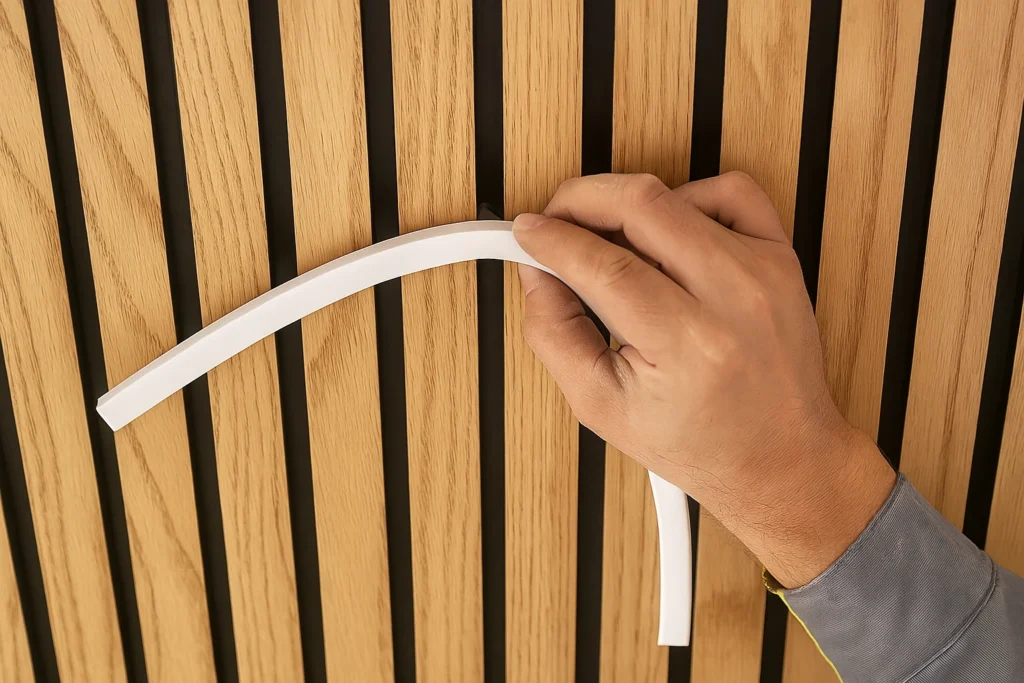
2. ผลกระทบต่อความสม่ำเสมอของแสง
ความทนทานต่อการอัดรีดยังส่งผลต่อความสม่ำเสมอของเอาต์พุตแสง ความแปรผันของความหนาของซิลิโคนหรือ PVC encapsulation อาจทำให้การแพร่กระจายไม่สอดคล้องกัน ส่งผลให้บริเวณที่สว่างขึ้นหรือหรี่ลง ในแสงนีออนด้านหน้า การกระจายแสงที่ไม่สม่ำเสมอนี้จะสังเกตเห็นได้ชัดเจนเป็นพิเศษ โดยจะลดคุณภาพโดยรวมของการติดตั้ง
3. ระดับการกันน้ำและความน่าเชื่อถือ
ปัญหาความอดทนมีอิทธิพลต่อการกันซึมและความน่าเชื่อถือในระยะยาวของผลิตภัณฑ์ LED นีออน หากขนาดโปรไฟล์เบี่ยงเบนไปจากช่วงที่ระบุ การปิดผนึกรอบฝาปิด ขั้วต่อ หรือข้อต่ออาจไม่ได้ผลเต็มที่ สิ่งนี้ทำให้ระดับ IP ประนีประนอมและเพิ่มความเสี่ยงของการดูดน้ำ ซึ่งสามารถลดอายุการใช้งานของผลิตภัณฑ์และทำให้ผลิตภัณฑ์กลางแจ้งล้มเหลว
วิธีการควบคุมและแก้ปัญหาความอดทนในไฟ LED นีออน
1. การเพิ่มประสิทธิภาพกระบวนการผลิต
ขั้นตอนแรกในการลดความทนทานต่อการอัดรีดคือการควบคุมกระบวนการผลิตอย่างแม่นยำ แม่พิมพ์ที่มีความแม่นยำสูง ความเร็วในการอัดรีดที่เสถียร และการควบคุมอุณหภูมิที่เหมาะสม ล้วนมีบทบาทสำคัญในการรักษาขนาดที่สม่ำเสมอ การบำรุงรักษาและการปรับเทียบอุปกรณ์การอัดรีดเป็นประจำช่วยให้มั่นใจถึงความถูกต้อง
2 . มาตรการควบคุมคุณภาพ
การควบคุมคุณภาพอย่างเข้มงวดก็มีความสำคัญไม่แพ้กัน ผู้ผลิตควรใช้การตรวจสอบแบบอินไลน์ในระหว่างการอัดรีดและดำเนินการตรวจสอบมิติขั้นสุดท้ายบนไฟนีออน LED ที่เสร็จแล้ว การบันทึกข้อมูลความคลาดเคลื่อนช่วยตรวจจับแนวโน้มและป้องกันไม่ให้แบทช์ที่มีข้อบกพร่องเข้าถึงลูกค้า
3. ข้อควรพิจารณาในการออกแบบและติดตั้งโครงการ
จากมุมมองของโครงการ นักออกแบบและผู้ติดตั้งสามารถลดความเสี่ยงได้โดยยอมให้ระยะขอบของสล็อตมีขนาดช่อง ช่องอะลูมิเนียม และอุปกรณ์เสริม การวางแผนโดยคำนึงถึงรูปแบบการอัดรีดช่วยให้การติดตั้งในสถานที่ทำงานราบรื่นขึ้นและลดการปรับเปลี่ยนที่ไม่คาดคิด
4. การเลือกซัพพลายเออร์ที่เชื่อถือได้
สุดท้าย การเลือกซัพพลายเออร์ที่มีความเชี่ยวชาญที่ได้รับการพิสูจน์แล้วใน LED Neon Extrusion Tolerance เป็นสิ่งสำคัญ ผู้ผลิตมืออาชีพที่มีอุปกรณ์ขั้นสูง การรับรอง และระบบคุณภาพที่แข็งแกร่งให้ผลิตภัณฑ์ที่มีเสถียรภาพมากขึ้น ทำให้เจ้าของโครงการมีความมั่นใจในประสิทธิภาพการทำงานในระยะยาว

สรุป: สร้างความสม่ำเสมอในโครงการนีออน LED ระดับมืออาชีพ
ความคลาดเคลื่อนเชิงมิติเป็นปัจจัยที่หลีกเลี่ยงไม่ได้ในการผลิตไฟ LED นีออน แต่ด้วยวัสดุที่เหมาะสม การควบคุมการอัดรีดอย่างเข้มงวด และการจัดการคุณภาพอย่างมืออาชีพ จึงสามารถลดขนาดลงได้อย่างมีประสิทธิภาพ สำหรับสถาปนิก นักออกแบบ และผู้รับเหมา การทำงานร่วมกับซัพพลายเออร์ที่เชื่อถือได้เป็นกุญแจสำคัญในการรับรองการติดตั้งที่ราบรื่นและประสิทธิภาพในระยะยาว
ที่ SignliteLEDเราใช้ซิลิโคนที่มีควันคุณภาพสูงในการอัดรีดนีออนทั้งหมดของเรา เพื่อให้มั่นใจถึงขนาดที่เสถียรซึ่งเป็นไปตามมาตรฐานความทนทานต่ออุตสาหกรรมอย่างเต็มที่ หากโครงการของคุณต้องการขนาดที่ไม่ซ้ำกันหรือค่าความคลาดเคลื่อนที่เข้มงวดยิ่งขึ้น ทีมงานของเราสามารถจัดหาโซลูชันที่ปรับแต่งได้เพื่อให้ตรงกับข้อกำหนดที่แน่นอนของคุณ ติดต่อเราวันนี้เพื่อหารือเกี่ยวกับความต้องการของคุณและรักษาความปลอดภัยไฟ LED นีออนคุณภาพสูงที่ออกแบบมาสำหรับการใช้งานระดับมืออาชีพ
